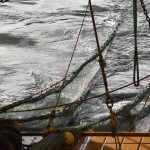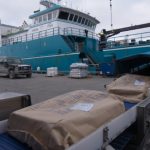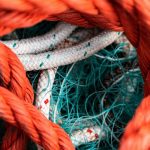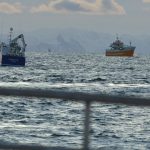According to the information it is revealed that there are nearly 20,000 crew members work out on Alaska’s fishing grounds throughout each year, but as self-employed workers, no wage reports are collected by the state. Geron Bruce, deputy director of the state commercial fisheries division, informed that the authority only knows that someone buys a crew licence but they don’t know whether the licence being used for fishing and what fish, how many fisheries they participate in, for how long – any of that kind of stuff. Definitely it affects the economy of commercial fishing industry.
Mike Catsi, director of the Southwest Alaska Municipal League, opined that it is difficult for both harvesters and communities to apply for economic assistance or benefit from other state and federal programs. The lack of deckhand data results in an incomplete picture of how commercial fishing compares to other industries.
It is found that the crew data could be collected via fish tickets or electronic landing reports already in place. Bruce said the next step is to form an advisory committee of up to 15 industry stakeholders that represents a good cross section of Alaska fisheries, from small skiffs on the Yukon to big Bering Sea crab boats. He also told that it has been focused in Kodiak and the Aleutians areas, but for many other regions, it’s not even on their radar screen.








